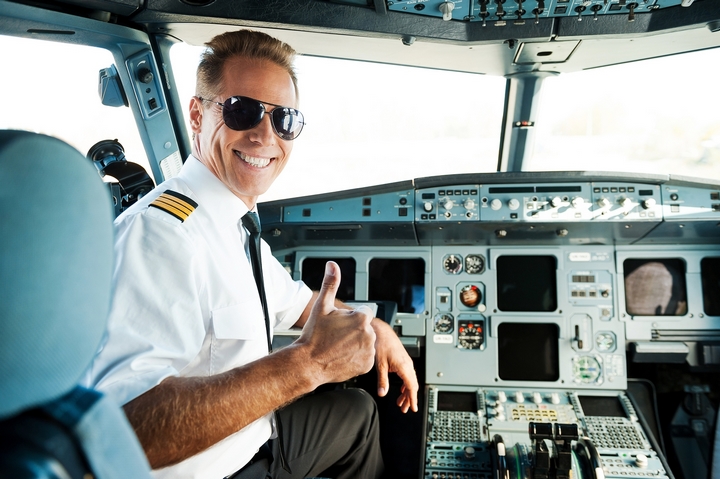Are you thinking of enrolling in an aviation school? Before you take that leap, it is crucial you know the different types of pilots you can become. This will help you make a more informed decision, ensuring that you kick off your piloting career with the right training.
The first time an individual enrolls in an aviation school, learning that there are different types of pilot certificates and ratings can be confusing. That will not be you. Do not make the mistake of assuming that a pilot certificate and a pilot rating are one and the same thing; they are not.
A pilot certificate is sometimes referred to as a pilot’s license. This documentation shows the type of aircraft that you are allowed to fly. A pilot rating is a certification that enables the pilot to fly a plane that requires more training than the regular aircraft class type of training.
Here are the six different types of pilots and their jobs:
Type #1: Airline Transport Pilots
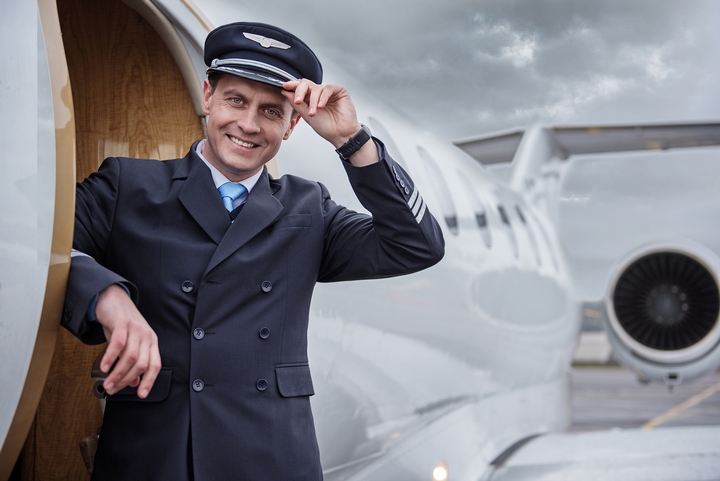 An airline transport pilot flies commercial airlines for a living, and is one of the most common types of pilots. The certificate to become an airline transport pilot is the most advanced pilot license you can get.
An airline transport pilot flies commercial airlines for a living, and is one of the most common types of pilots. The certificate to become an airline transport pilot is the most advanced pilot license you can get.
Nowadays, all commercial airlines have made an ATP certificate a requirement for all their pilot applicants. To get an ATP certificate, a pilot must be 23 years old or above. The pilot is also required to log at least 1500 hours.
Type #2: Private Pilots
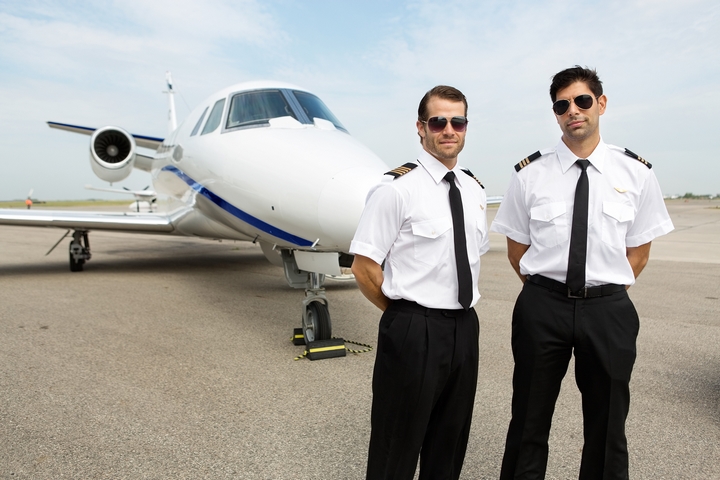 This is the most common type of pilot. With a private pilot certificate, you have the added benefit of being allowed to fly at night and at controlled airports. This is because private pilot training requirements are intensive compared to those of sports and recreational pilots. The training involves learning a couple of maneuvers and a minimum of 40 hours of flight time.
This is the most common type of pilot. With a private pilot certificate, you have the added benefit of being allowed to fly at night and at controlled airports. This is because private pilot training requirements are intensive compared to those of sports and recreational pilots. The training involves learning a couple of maneuvers and a minimum of 40 hours of flight time.
Type #3: Sport Pilots
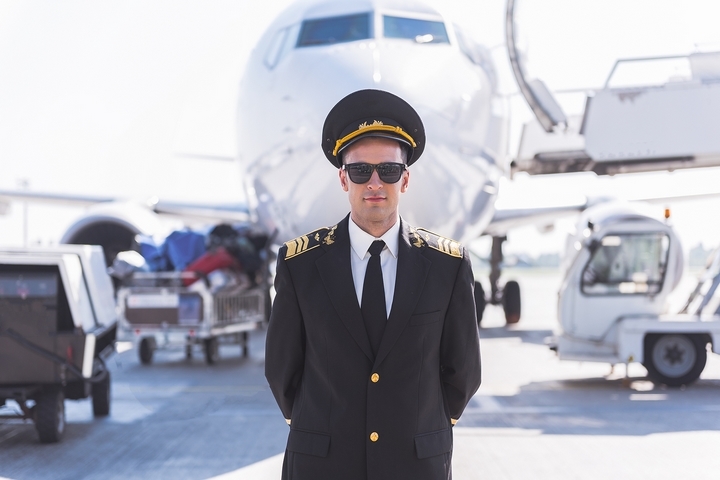 These types of pilot only flies light aircraft at low altitudes. They are only allowed to operate in their local area. A sports pilot’s certificate is pretty easy to obtain. It also has very few restrictions or requirements for training; twenty hours is sufficient to get you the license.
These types of pilot only flies light aircraft at low altitudes. They are only allowed to operate in their local area. A sports pilot’s certificate is pretty easy to obtain. It also has very few restrictions or requirements for training; twenty hours is sufficient to get you the license.
A sports pilot can only carry one passenger at a time. This type of pilot is not allowed to fly at night or fly above 10000 feet. A sports pilot should not operate in class B, C or D airspace. This certificate has many categories: lighter than air, rotorcraft, glider, airplane and powered parachute.
Type #4: Recreational Pilots
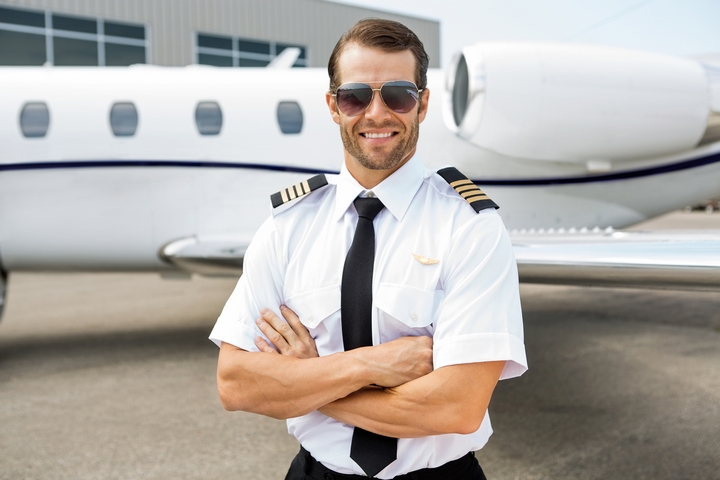 These types of pilots is allowed to fly aircraft that are heavier than the ones used by sports pilots. That is the only difference between recreational pilots and sports pilots. So, if you want to fly aircraft that are heavier than the ones used for sports pilot training without having to undergo advanced training, this is the type of pilot you will become.
These types of pilots is allowed to fly aircraft that are heavier than the ones used by sports pilots. That is the only difference between recreational pilots and sports pilots. So, if you want to fly aircraft that are heavier than the ones used for sports pilot training without having to undergo advanced training, this is the type of pilot you will become.
To get a recreational pilot certification, you need to have logged at least 30 hours of flight time, 15 of which should be under the guidance and instruction of a professional instructor. A recreational pilot can only fly 50 nautical miles from whichever airport they depart from. They are only allowed to operate during the day but not in controlled airports. These airports can be classified as class B, C and D airspace.
Type #5: Flight Instructors
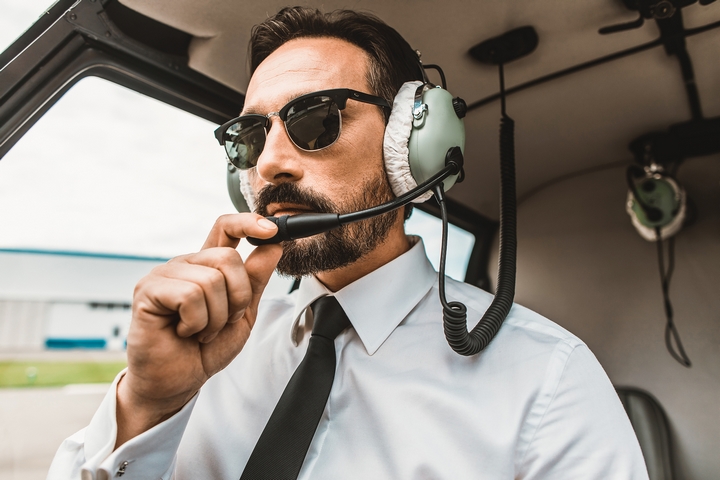 If you are really serious about a career as a pilot, becoming a flight instructor should be your aim. This type of pilot career will give you the opportunity to pass on the flying knowledge you have acquired to new pilots, veteran pilots and aspiring pilots. As a certified flight instructor, you are allowed to teach at flight schools, become a private instructor, and maybe teach at an airline.
If you are really serious about a career as a pilot, becoming a flight instructor should be your aim. This type of pilot career will give you the opportunity to pass on the flying knowledge you have acquired to new pilots, veteran pilots and aspiring pilots. As a certified flight instructor, you are allowed to teach at flight schools, become a private instructor, and maybe teach at an airline.
To become a flight instructor, the training you go through involves learning technicalities such as instructional design, the various industry theories, and detailed exposure to commercial pilot studies. They must also understand the latest aviation innovations and technologies. The career of a flight instructor allows them to share their knowledge while at the same time giving them all the experience they require to join an airline.
Type #6: Commercial Pilots
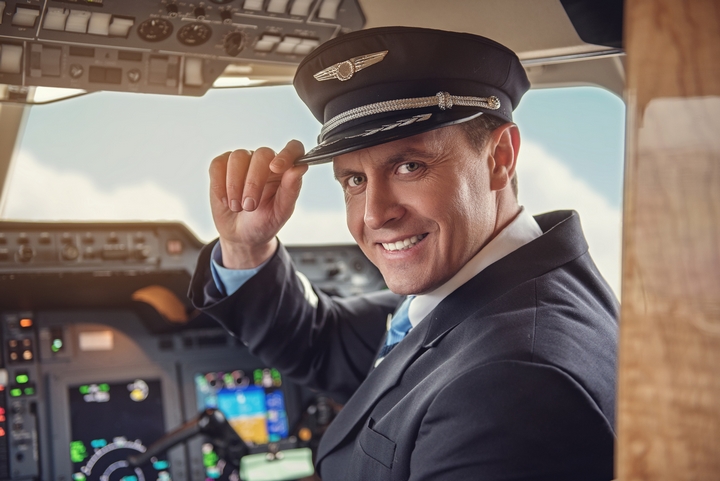 A commercial pilot is basically one who is paid to fly aircraft. However, they need first to get a commercial pilot license. Scheduled flights have rules and regulations in terms of their operation times, among other stipulations. To ensure smooth operation, commercial pilots must follow specific rules on commercial flying to avoid potential mishaps.
A commercial pilot is basically one who is paid to fly aircraft. However, they need first to get a commercial pilot license. Scheduled flights have rules and regulations in terms of their operation times, among other stipulations. To ensure smooth operation, commercial pilots must follow specific rules on commercial flying to avoid potential mishaps.
The training an individual goes through to become a commercial pilot involves learning to fly sophisticated aircraft that feature retractable landing gear, flaps and a controllable-pitch controller. This training requires more precision and knowledge of professional flight operations.
Now, nothing is stopping you from becoming a pilot! You can choose any of the six types of pilots to realize your dream. Go ahead and join an aviation school near you and start chasing your dreams, or is it fly your dreams?

